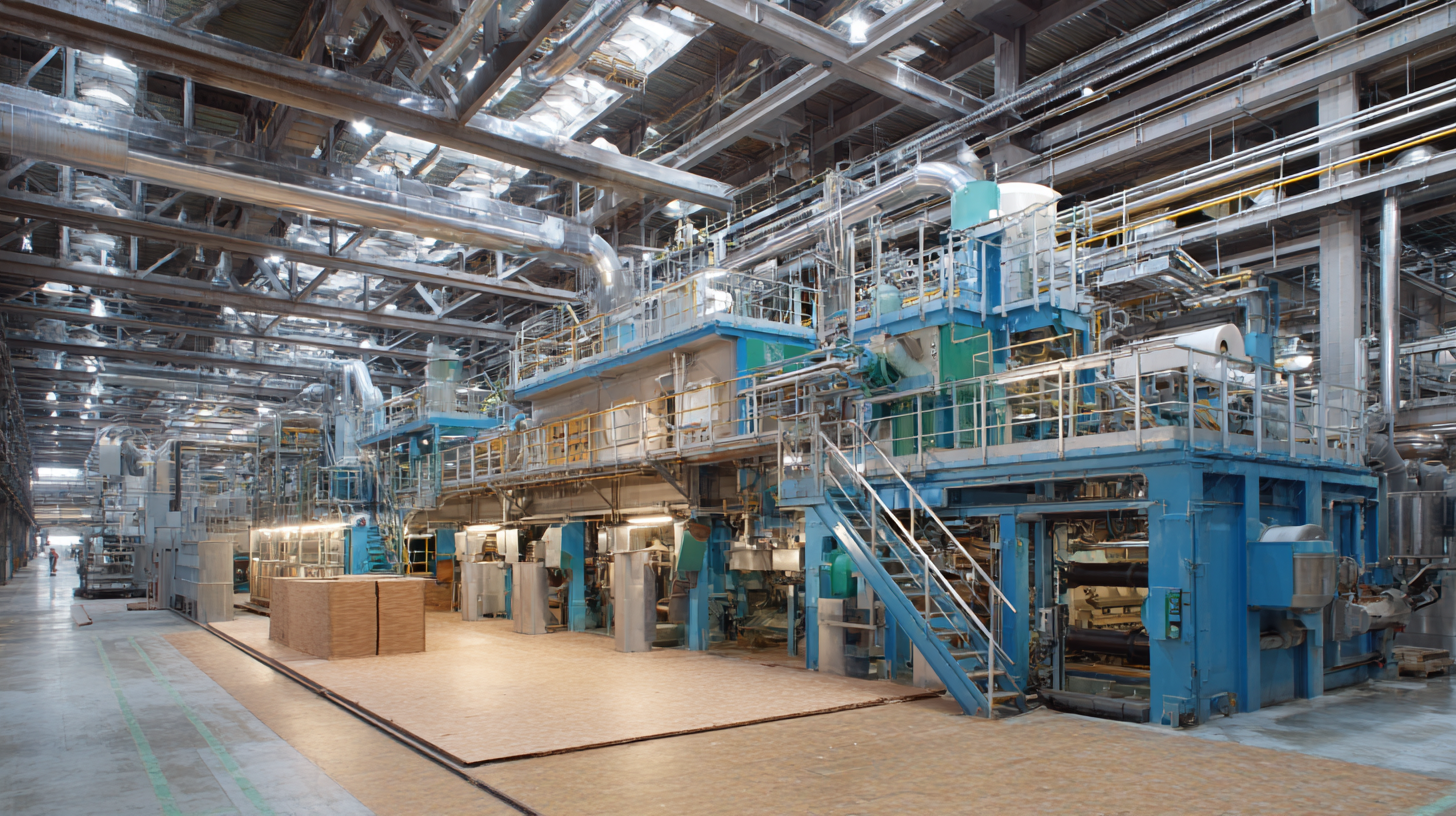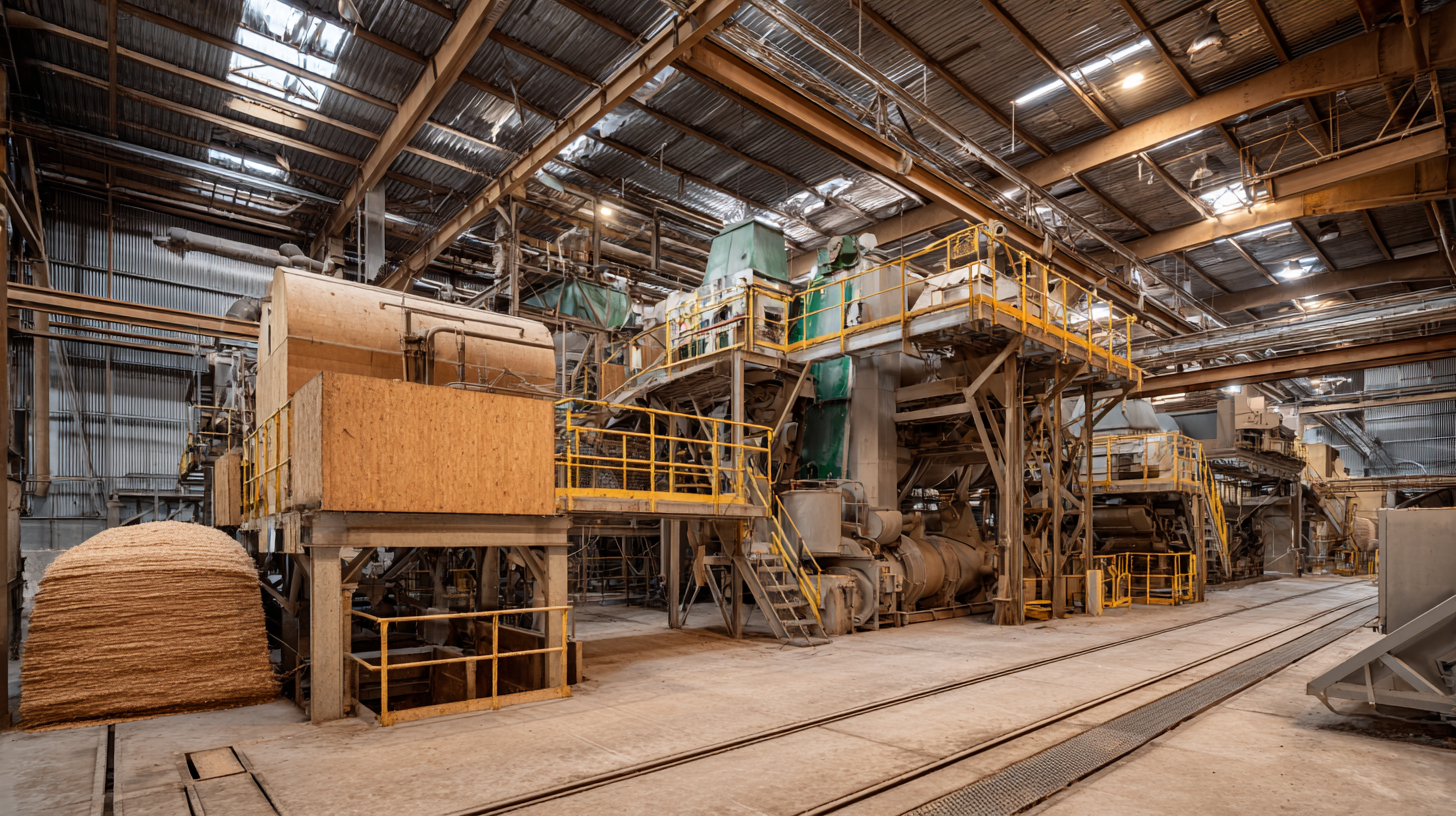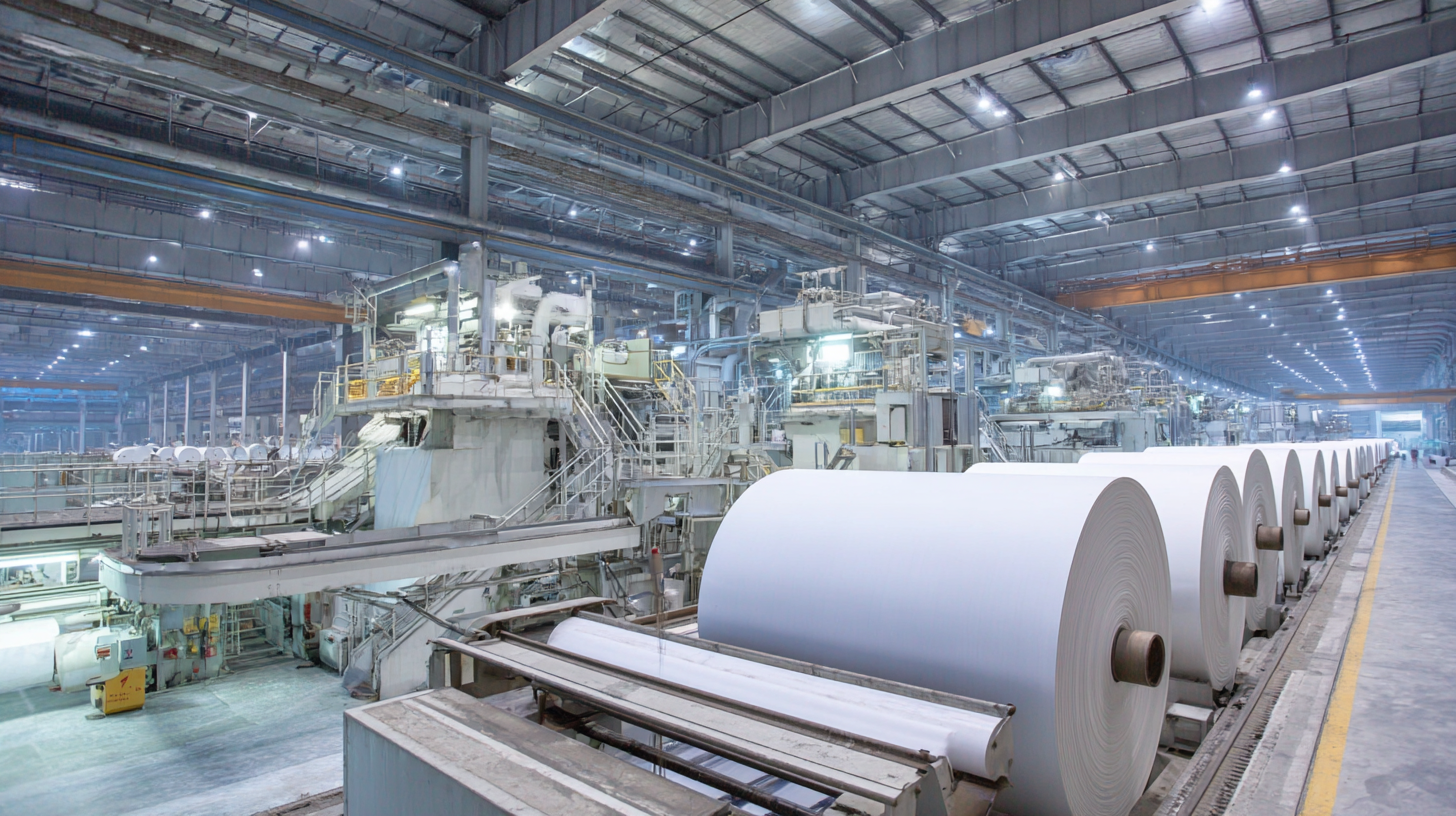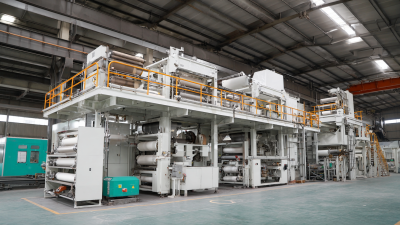Why the Future of Paper Pulp Production Relies on Sustainable Practices and Innovative Technologies
The future of paper pulp production is at a critical juncture, where the interplay between sustainability and innovation is more crucial than ever. As environmental concerns escalate and the demand for eco-friendly products grows, the pulp and paper industry faces mounting pressure to adopt sustainable practices. This transformative shift not only addresses ecological challenges but also harnesses cutting-edge technologies that can revolutionize production methods. From advanced recycling techniques to the use of alternative fibers, the integration of innovative solutions is paramount in minimizing waste and reducing carbon footprints. In this context, understanding how to navigate the complexities of sustainable paper pulp production is vital for industry stakeholders seeking to thrive in an increasingly competitive market. Embracing these changes will be essential in ensuring the longevity of paper pulp production while fostering a greener future.

Exploring Sustainable Materials for Eco-Friendly Paper Pulp Production
As the need for sustainable practices in manufacturing grows, the paper pulp production industry is focusing on eco-friendly materials. Traditionally, wood from trees has been the primary source for pulp; however, this approach raises environmental concerns such as deforestation and habitat destruction. By exploring alternative materials like agricultural residues, recycled paper, and hemp, manufacturers can reduce their ecological footprint while still meeting market demands.
Tips for choosing sustainable materials include looking for sources that are certified by recognized environmental standards, like the Forest Stewardship Council (FSC). Additionally, consider utilizing waste materials from other industries, which can save resources and reduce landfill waste. Incorporating innovative technologies such as enzyme treatments or biotechnological advancements can enhance the efficiency of pulp production, making the process more eco-friendly.
Embracing these sustainable materials not only fosters environmental responsibility but also opens new avenues for creativity in product development. By innovating in pulp production, the industry can pave the way for more sustainable paper products that align with the values of conscious consumers.
Adopting Innovative Technologies in the Pulp Industry for Enhanced Sustainability
The pulp industry is undergoing a transformative shift, largely driven by the integration of innovative technologies aimed at enhancing sustainability. One of the primary advancements is the adoption of digital technologies, such as the Internet of Things (IoT) and artificial intelligence (AI). These tools allow for real-time monitoring and optimization of production processes, significantly reducing waste and energy consumption. By leveraging data analytics, mills can identify inefficiencies and implement corrective measures, leading to a more sustainable cycle of pulp production.
In addition to digital innovations, biotechnology plays a pivotal role in the future of pulp production. The use of enzymes and microbial processes can streamline the pulping and bleaching stages, minimizing the reliance on harmful chemicals. This not only reduces the environmental footprint but also improves the overall quality of the pulp. Companies that embrace these technological advancements position themselves at the forefront of a sustainable pulp industry, catering to the growing demand for eco-friendly products while ensuring profitability. The future lies in harmonizing traditional practices with cutting-edge innovations to create a resilient, sustainable pulp industry.
Why the Future of Paper Pulp Production Relies on Sustainable Practices and Innovative Technologies
| Dimension | Current Status | Innovative Technology | Sustainability Impact |
|---|---|---|---|
| Raw Material Sourcing | Conventional logging practices | Supplier certification and sustainable sourcing | Reduced deforestation and biodiversity loss |
| Production Process | High energy consumption | Energy-efficient processes | Lower carbon footprint |
| Water Usage | Significant wastewater production | Closed-loop water systems | Reduced water pollution |
| Waste Management | Limited recycling of by-products | Waste-to-energy technologies | Minimized landfill usage |
| Product Development | Standard paper products | Bio-based and recycled materials | Lower environmental impact |
Implementing Circular Economy Principles in Paper Pulp Production Practices
The future of paper pulp production is increasingly hinging on the adoption of circular economy principles. These principles encourage a restorative approach, focusing on minimizing waste and maximizing resource efficiency. By rethinking the production cycle, companies can not only reduce their environmental impact but also enhance their economic viability. For instance, using waste materials in the pulping process allows for the reduction of raw material consumption, making the production cycle more sustainable.
**Tips:** To implement circular economy practices, manufacturers should start by conducting life cycle assessments. This helps identify where waste occurs and which processes can be improved for better resource recovery. Additionally, collaborating with other industries can open up new avenues for utilizing by-products and optimizing waste management strategies.
Innovation plays a crucial role in this transformation. Embracing technologies such as enzymatic treatment and alternative fibers can lead to a more sustainable pulp production process. By investing in research and development, companies can create products with lower environmental footprints while ensuring high quality.
**Tips:** Companies should not shy away from pilot programs to test new technologies on a small scale before full implementation. This risk management approach can lead to discovering effective methods that align with sustainability goals.
Integrating Renewable Energy Solutions in Pulp Manufacturing Processes
The integration of renewable energy solutions in pulp manufacturing processes is crucial for enhancing sustainability and reducing the environmental impact of paper production. Traditional pulp production heavily relies on fossil fuels, which contributes to greenhouse gas emissions and resource depletion. By harnessing renewable energy sources such as solar, wind, and biomass, pulp manufacturers can significantly decrease their carbon footprint. These energy sources not only provide a cleaner alternative but also help stabilize energy costs in the long term.
Innovative technologies play a pivotal role in facilitating the transition to renewable energy in the pulp industry. For instance, advanced energy storage systems allow facilities to store surplus energy generated during peak production times, ensuring a steady power supply. Additionally, the implementation of energy-efficient machinery and processes can minimize energy consumption and optimize resource use. Emphasizing these practices not only meets the growing demand for eco-friendly products but also positions the pulp industry as a leader in sustainable manufacturing practices, fostering a circular economy.

Measuring and Reducing Environmental Impact in Pulp Production Systems
The environmental impact of traditional paper pulp production methods has become a pressing concern as the industry seeks to balance demand with sustainability. One primary focus in measuring this impact involves analyzing greenhouse gas emissions and water usage throughout the production cycle. By employing advanced monitoring technologies, producers can identify emission hotspots and areas where resource usage can be minimized. For instance, real-time data analytics enable companies to adjust operations dynamically, reducing waste and conserving water, which is critical in regions facing water scarcity.
Innovative technologies play a crucial role in reducing the ecological footprint of pulp production. Techniques such as closed-loop water systems, which recycle water, and the use of renewable energy sources can significantly decrease environmental harm. Furthermore, advanced biotechnological processes, including enzyme treatments, can enhance the efficiency of pulp production, reducing the need for harsh chemicals and lowering energy consumption. Together, these sustainable practices and innovations equip the pulp industry to meet future demands while protecting the environment, ultimately leading to a more responsible production framework.

Related Posts
-

Emerging Trends in Best Pulp Industries to Watch for Global Buyers in 2025
-

How Filter Technology Reduces Waterborne Contaminants by 99.9% in Industrial Applications
-

Ultimate Guide to Choosing the Right Bagasse Plate Making Machine for Your Business
-

Enhancing After-Sales Service: Unmatched Repair Costs with the Best Filtration Technology
-

Innovative Solutions for Optimizing Pulp and Paper Production Efficiency
-

Comprehensive Guide to Microfiltration Membrane Technology: Key Applications and Performance Insights